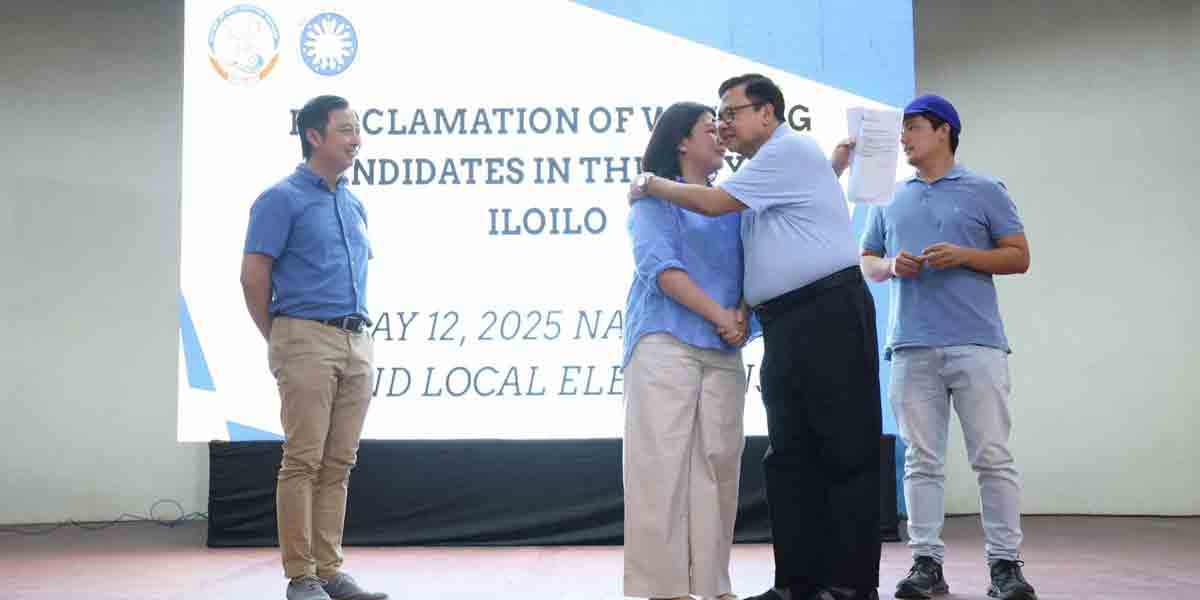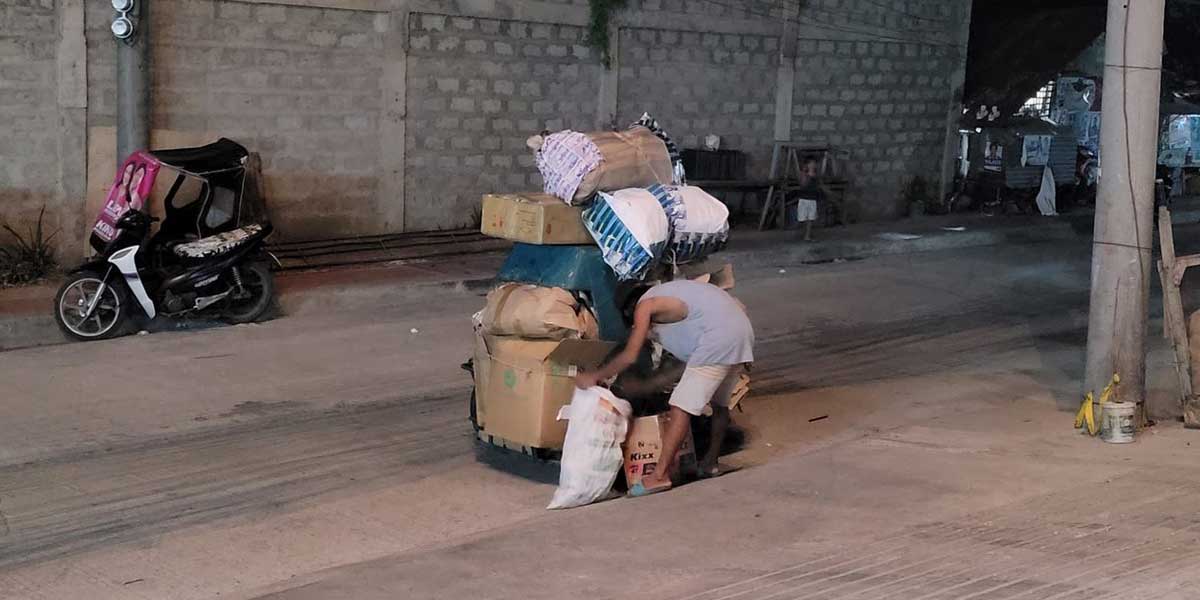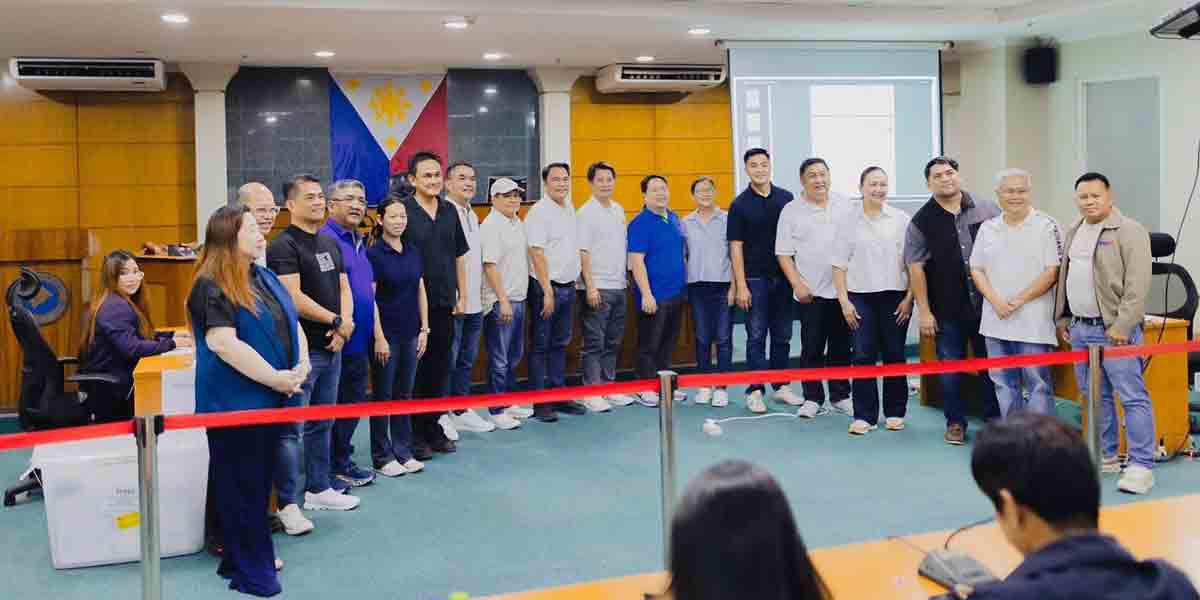The infrastructure woes of Pavia, Iloilo, starkly embodied by the Aganan and Ungka flyovers, epitomize the complex intersection of progress and prudence.
At the heart of the community’s concern is the haunting specter of the Ungka flyover’s structural failures—a P680-million investment now requiring P280 million in repairs. Just a kilometer away, the Aganan flyover project, worth over P800 million, stands incomplete and mired in uncertainty.
This isn’t simply a tale of stalled construction; it’s a narrative laden with apprehension for the safety of a population, the apprehension about repeating past mistakes, and the indignation over fiscal imprudence. It underscores a grim yet familiar theme in development projects: the colossal impact of overlooked details.
The region has been burdened by the consequences of the P680-million Ungka flyover, a structure that failed to account for the soil’s unyielding nature, necessitating a whopping P280 million for its repair.
With International Builders Corp. (IBC) at the helm of both projects, questions are raised about oversight and accountability.
The community’s mixed sentiments—a blend of hope for progress and dread of potential disaster—reflect deeper issues in the nation’s approach to infrastructure development. While testing and preventive measures are crucial, they come at significant costs, with the proposed P15 million for the Aganan flyover’s assessment adding to the tab.
Residents have become unwilling spectators to a troubling drama: their daily lives disrupted by towering concrete monoliths that promise smoother travels yet deliver inconvenience and dread. The ripple effects extend beyond mere commutes; local businesses are in limbo, the economy is stunted, and trust in public works dwindles.
The irony is not lost on the constituents who are left to ponder the costs—both monetary and emotional—of these ‘progress’ symbols. Infrastructure is meant to facilitate life, not complicate it. It’s meant to enhance safety, not compromise it.
When discussing the Aganan and Ungka flyovers, one cannot ignore the broader implications of a ‘build, build, build’ philosophy that doesn’t prioritize ‘plan, plan, plan.’ It’s a hard lesson in the importance of sustainable development that integrates technical, environmental, and social considerations from inception to completion.
For Iloilo, the question remains: How will its leaders and policymakers reconcile the demands of development with the tenets of public safety and fiscal responsibility? The narrative of the Aganan and Ungka flyovers should serve as a cautionary tale. It should inspire a shift toward more meticulous planning, transparent bidding processes, stringent oversight, and an unwavering commitment to the public interest.
This is about more than just two flyovers. It’s about the integrity of public projects and the ethos of governance. It’s a call to action for better standards, where shortcuts are unacceptable, and thoroughness is the norm. It’s an appeal for foresight, ensuring that projects don’t just begin with groundbreaking ceremonies but end with the fulfillment of their intended purpose.
As a nation, we must demand that our structures stand firm—not just in their physical foundations, but in the foundations of their creation. The case of the Aganan and Ungka flyovers is not merely a local issue but a national concern, one that echoes the call for accountability, integrity, and prudence in every project that shapes our landscape.
The media’s task at hand, therefore, is to dissect these projects’ narratives critically, understand their interconnectedness, and explore the ramifications of such colossal missteps. It’s about asking the tough questions and advocating for solutions that align with both the spirit of innovation and the wisdom of restraint.
Regardless whom we break bread with or share drinks, we should not lose sight that media is for the voiceless who suffer from the whims of the affluent and the rich.
Ultimately, this is a moment for reflection on how we, as a society, navigate the complex highway of progress. Do we continue to build on the shaky ground, or do we lay the groundwork for a future that stands solid, secure, and rooted in the best practices of both engineering and governance?
The saga of the Aganan and Ungka flyovers may well dictate the course.

























